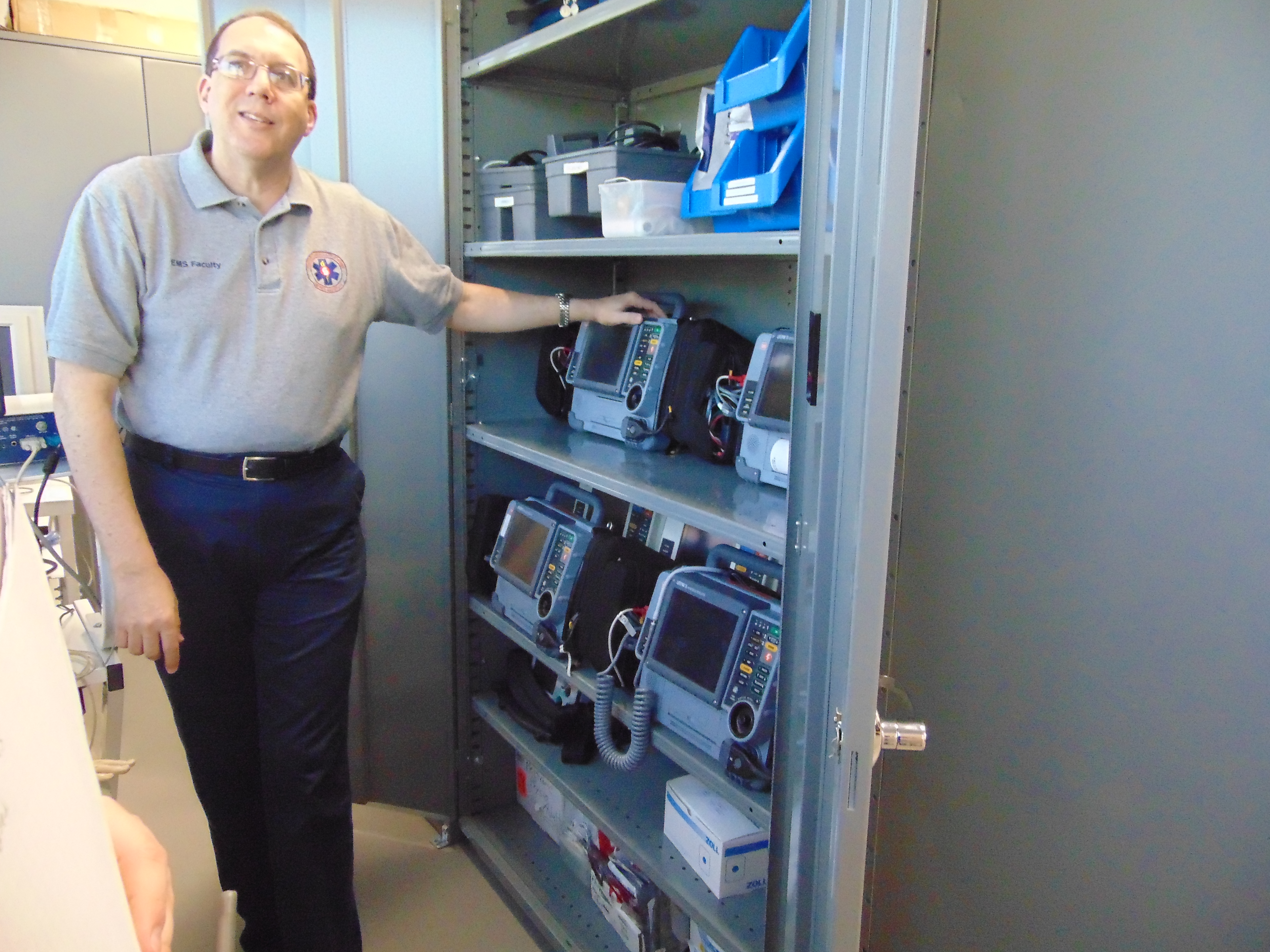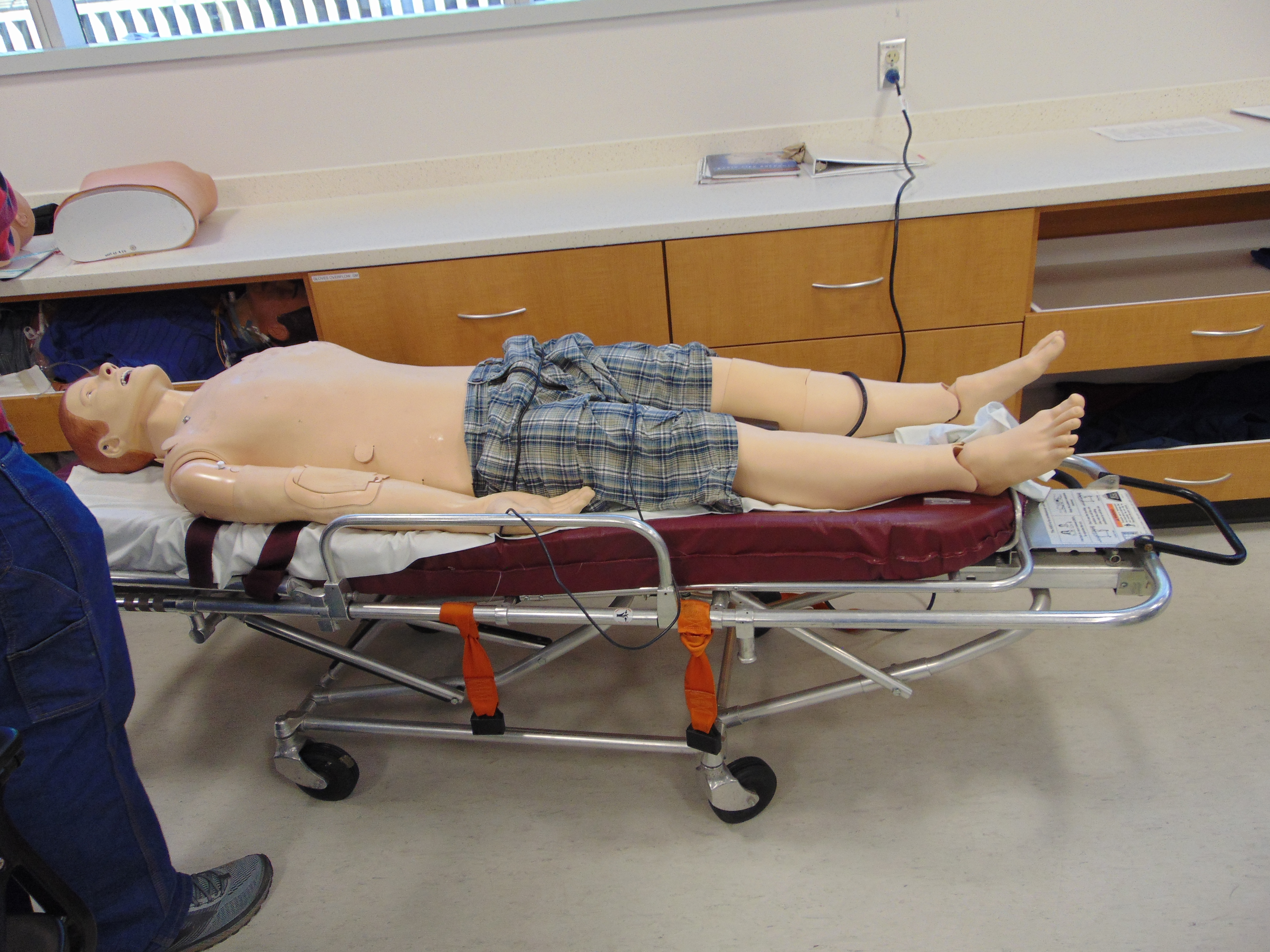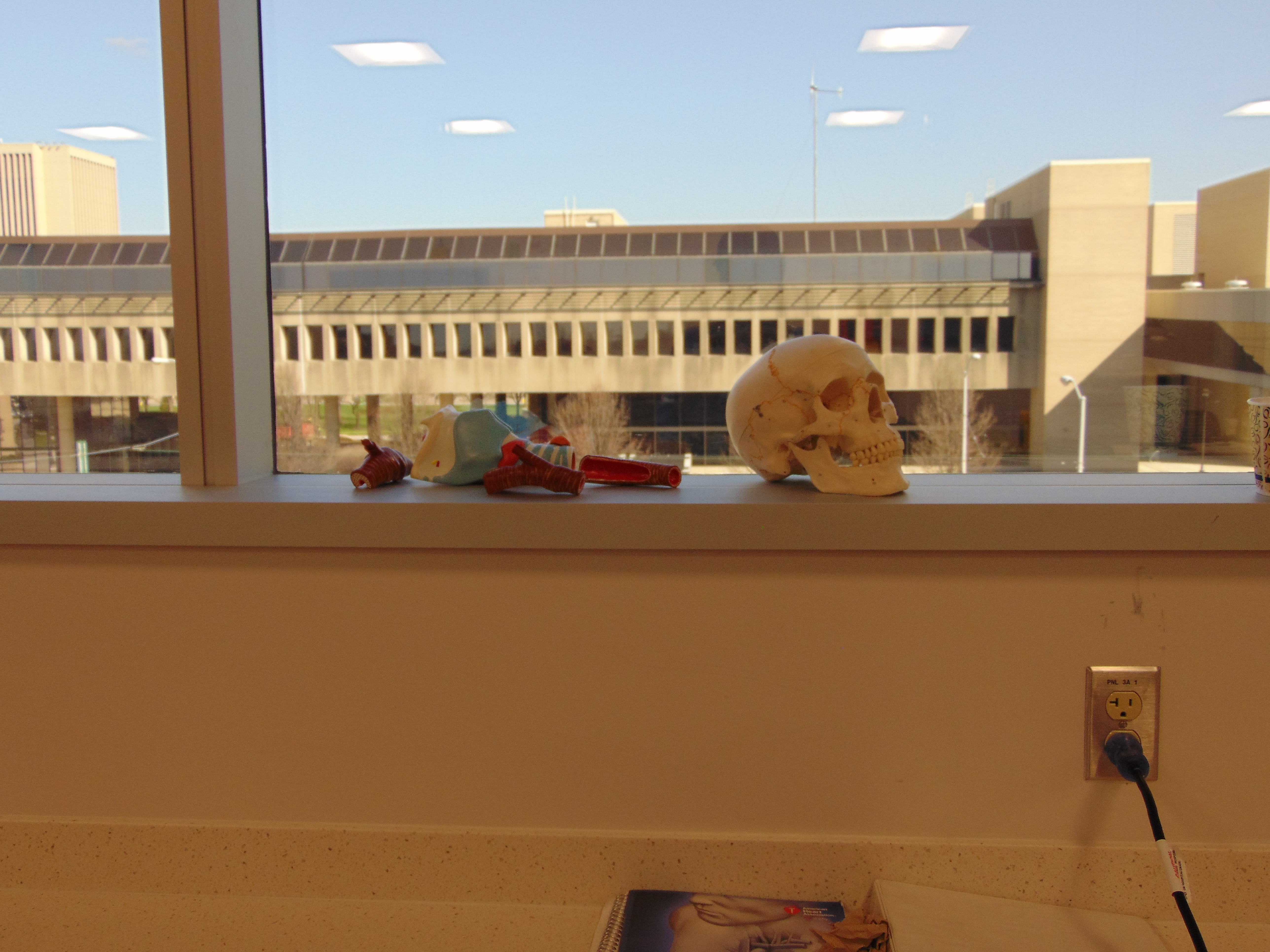One of the many programs offered at Sinclair is the Emergency Medical Services (EMS) program. The program offers students an experience that can set them up for success immediately out of school, and get on the job as an Emergency Medical Technician or Paramedic.
An EMS provider is one of the first responders and medical assistance to arrive at a scene, according to Sinclair’s website. Their job is to provide emergency care when the patient is out of hospital.
The website also states that an associate degree will help the student to advance in the field once hired.
The biggest employer for EMS is private ambulances, although the ways that employment and rules work vary greatly in different cities and states.
With ambulances in mind the routine ambulance, or private ambulance, is the largest amount of ambulance transportation to occur.
Chuck Sowerbrower, the chairperson of the EMS program at Sinclair said, “In Ohio, every day, that’s the largest bulk of ambulance transportations that occur.”
The employment market for firefighter paramedics is extremely big at the current moment.
As said by Sowerbrower, “There are far more positions than there are people to fill those positions.”

The EMS program came to Sinclair in 1989, although it had started in the 1970’s at Good Samaritan Hospital. Ann Boyd, the coordinator for the Good Samaritan Paramedic Program in the 70’s, brought the program from the hospital to Sinclair in 1989 where she was the chairperson until 1999, when Sowerbrower took over the role.
The ability for paramedics to bring more and more medical tools from the emergency room to someone’s home if need be is extremely important.
With the portability of technology and medical innovations increasing rapidly, the education behind the use of them must keep up.
Sowerbrower says: “As the technology gets more portable and as the information that we can gather becomes more complex, the training for the paramedics also has to become more complex.”
The tools, facilities and coursework used for the program aim to achieve this goal of keeping up with the complexities contained within the EMS field.
Contained in the EMS facilities is equipment that you can find in an ambulance today, meaning students can practice with some of the most up to date equipment available, rather than equipment that is cheap and out of date.
For example, there are cardiac monitors that are used within ambulances of today that are incredibly expensive, $26,000 to be exact. Sinclair has four of these devices for students to learn and practice on.
Medications and supplies are also organized, colored and contained as they would be on a real ambulance. Drugs are the same color as they would be, although they are only a colored liquid rather than being the drug itself.
 Within the lab are many more types of simulations for students to learn from. The lab itself is built with the EMS program in mind, where there is basically no front to the classroom. Desks are put into groups for students to work, being an advantage because the program is group oriented.
Within the lab are many more types of simulations for students to learn from. The lab itself is built with the EMS program in mind, where there is basically no front to the classroom. Desks are put into groups for students to work, being an advantage because the program is group oriented.
There is also a simulation of a car, to allow students to practice extracting patients from crashed vehicles. This allows students to practice without actually being at a crash scene or damaging a real vehicle.
In the room are SimMans, which simulate a real human body in different scenarios. Students are able to practice such scenarios like feeling for a pulse or for breathing.
Last but not least, is a full sized ambulance simulation that is set up almost exactly like a real ambulance. A SimMan can be used in the ambulance to simulate a scenario much like one that would occur in real life.
Cameras are within the ambulance that students will be able to watch from the outside as an instructor controls the SimMan that students are working on within the ambulance.
The EMS program at Sinclair offers many accurate and up to date tools and facilities to allow students to jump into a field in high demand. After years of growth, the program is an ideal place for a student pursuing a career in the EMS field.
Sean Kahle
Reporter


